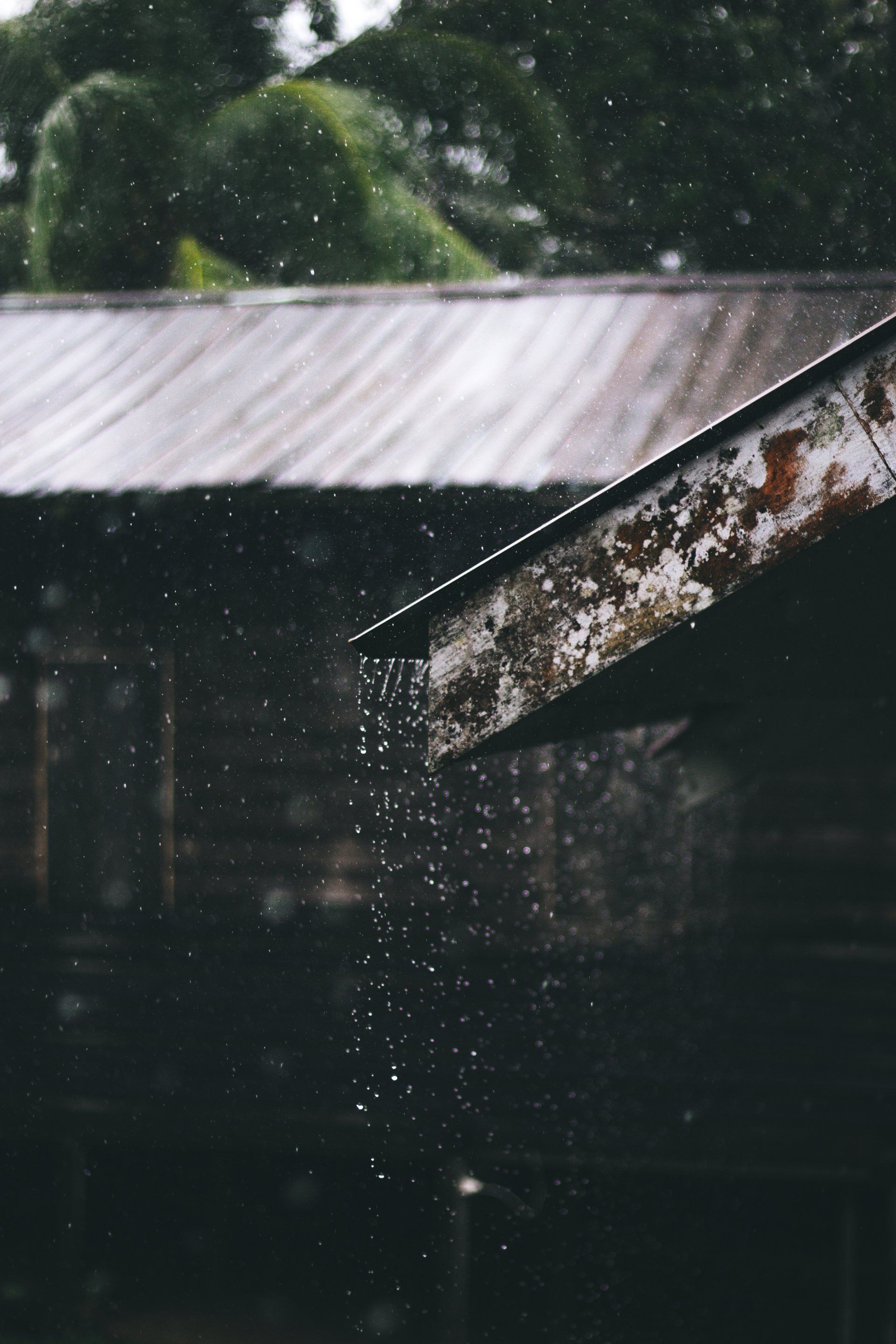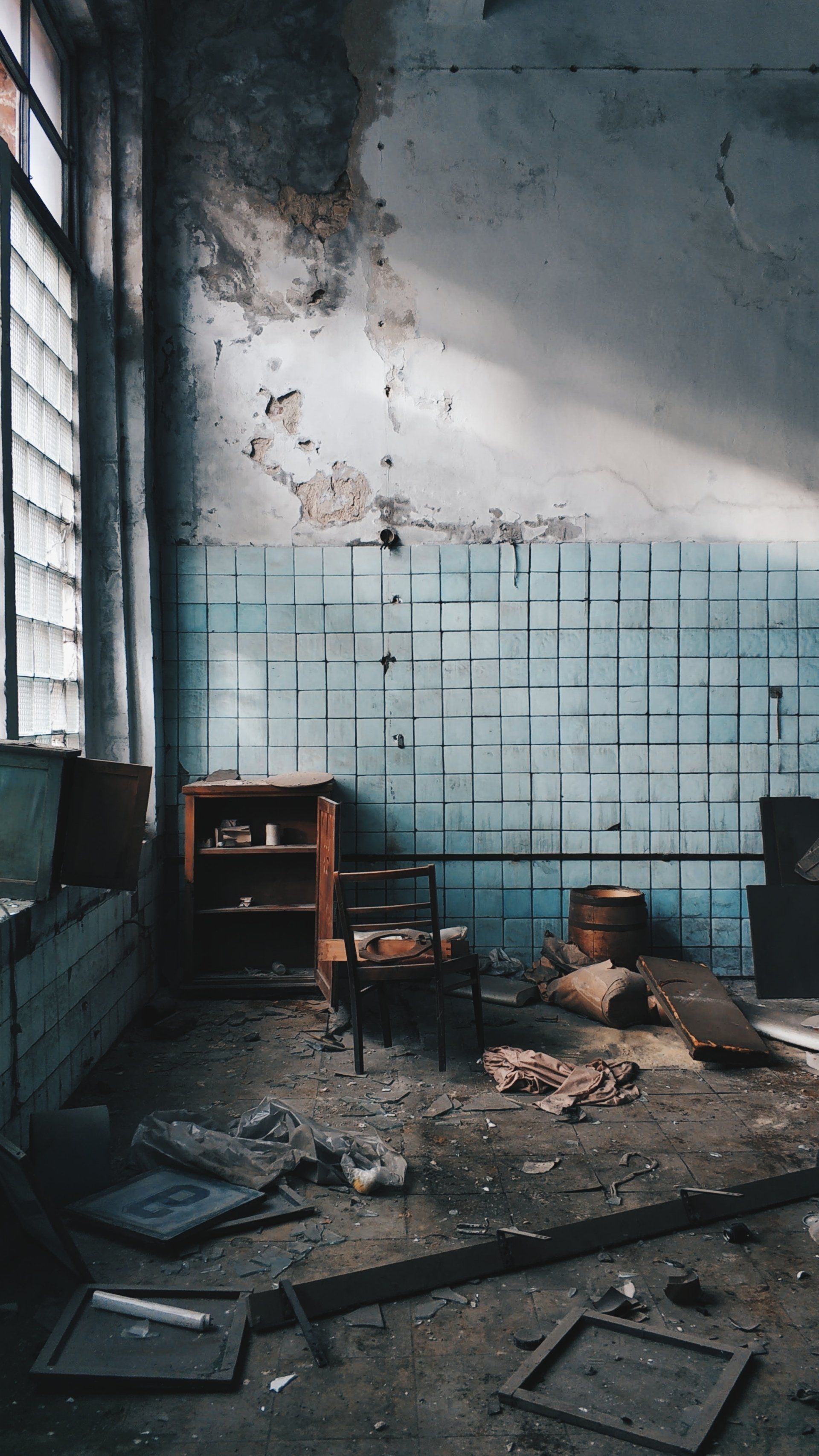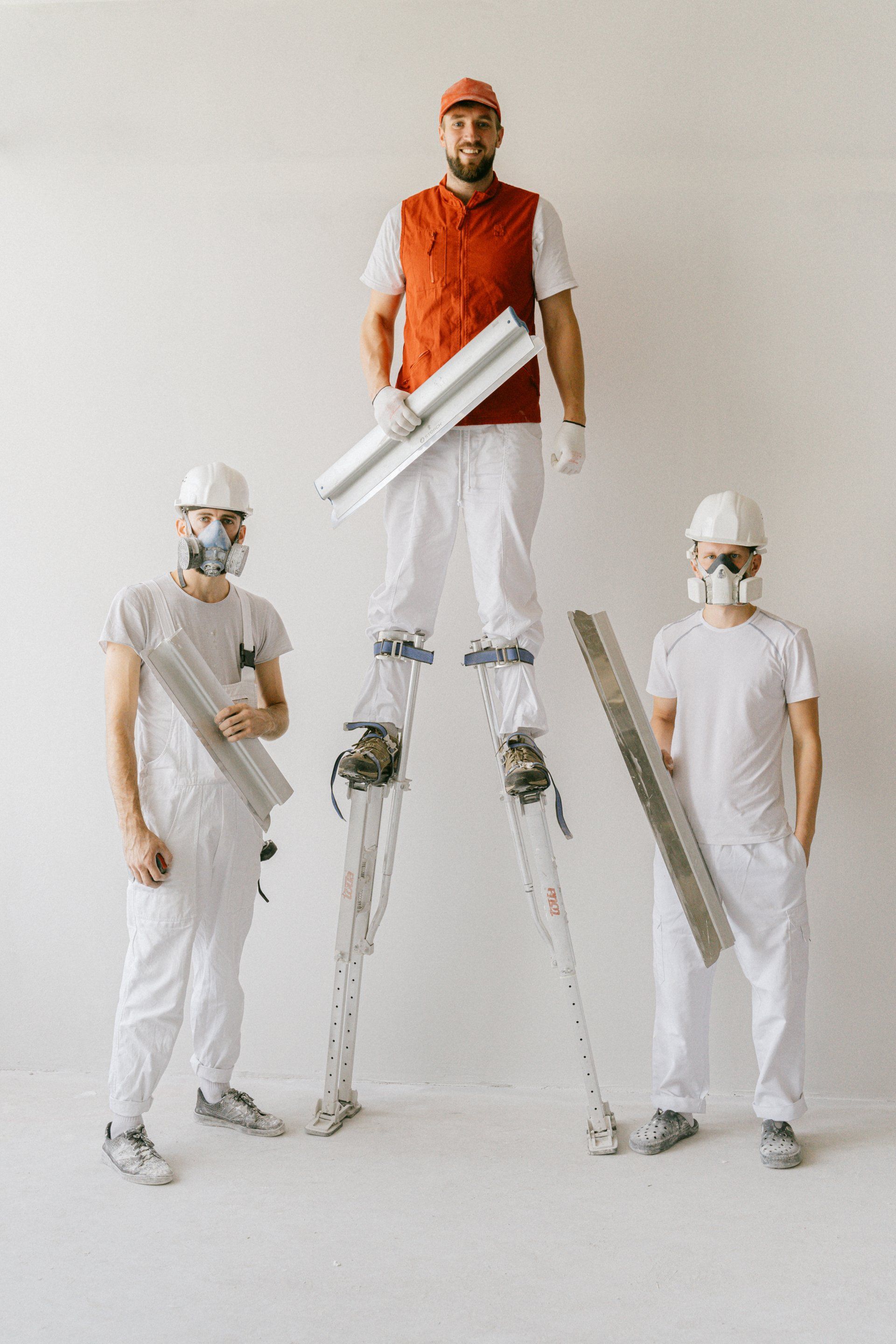How To Identify A Leaking Pipe
Tips and Tricks for Detecting Plumbing Problems Early
Leaking pipes can be a homeowner's worst nightmare, causing damage to your property and leaving you with a hefty repair bill. But fear not! With a keen eye and a little know-how, you can become a leak-detecting superhero in no time. In this guide, we'll walk you through the steps to identify a leaking pipe before it becomes a major headache.
1. Keep an Ear Out for Suspicious Sounds
One of the telltale signs of a leaking pipe is the sound of dripping or running water where it shouldn't be. Take a moment to listen for any unusual sounds coming from behind walls, under sinks, or in crawl spaces. If you hear the faint drip-drop of water when no faucets are running, it's time to investigate further.
2. Conduct a Visual Inspection
Leaks often leave behind visible signs that can help you pinpoint their location. Look for water stains or discoloration on walls, ceilings, and floors, as well as peeling paint or wallpaper. Don't forget to check around appliances, such as water heaters and washing machines, where leaks are common.
3. Monitor Your Water Meter
A spike in your water bill could indicate a hidden leak somewhere in your plumbing system. To determine if you have a leak, turn off all water-using appliances and fixtures in your home, then check your water meter. If the meter continues to register water usage, you likely have a leak that needs to be addressed.
4. Check for Mold or Mildew Growth
Excess moisture from a leaking pipe can create the perfect environment for mold and mildew to thrive. Keep an eye out for any signs of mold growth, such as musty odors, discolored patches on walls or ceilings, or an increase in allergy symptoms among household members.
5. Perform a DIY Leak Test
If you suspect a leak but aren't sure where it's coming from, you can perform a simple DIY leak test. Start by drying off any suspected areas with a towel, then place a piece of dry paper towel or tissue over the area. If the paper towel becomes wet or discolored, you likely have a leak nearby.
Identifying a leaking pipe early is key to preventing costly water damage and repairs. By keeping an eye (and ear) out for the signs outlined in this guide, you can catch leaks before they escalate into major problems. If you do discover a leak, don't hesitate to call a professional plumber and then a water mitigation service to address the issue promptly. Remember, when it comes to leaks, a little vigilance goes a long way!








